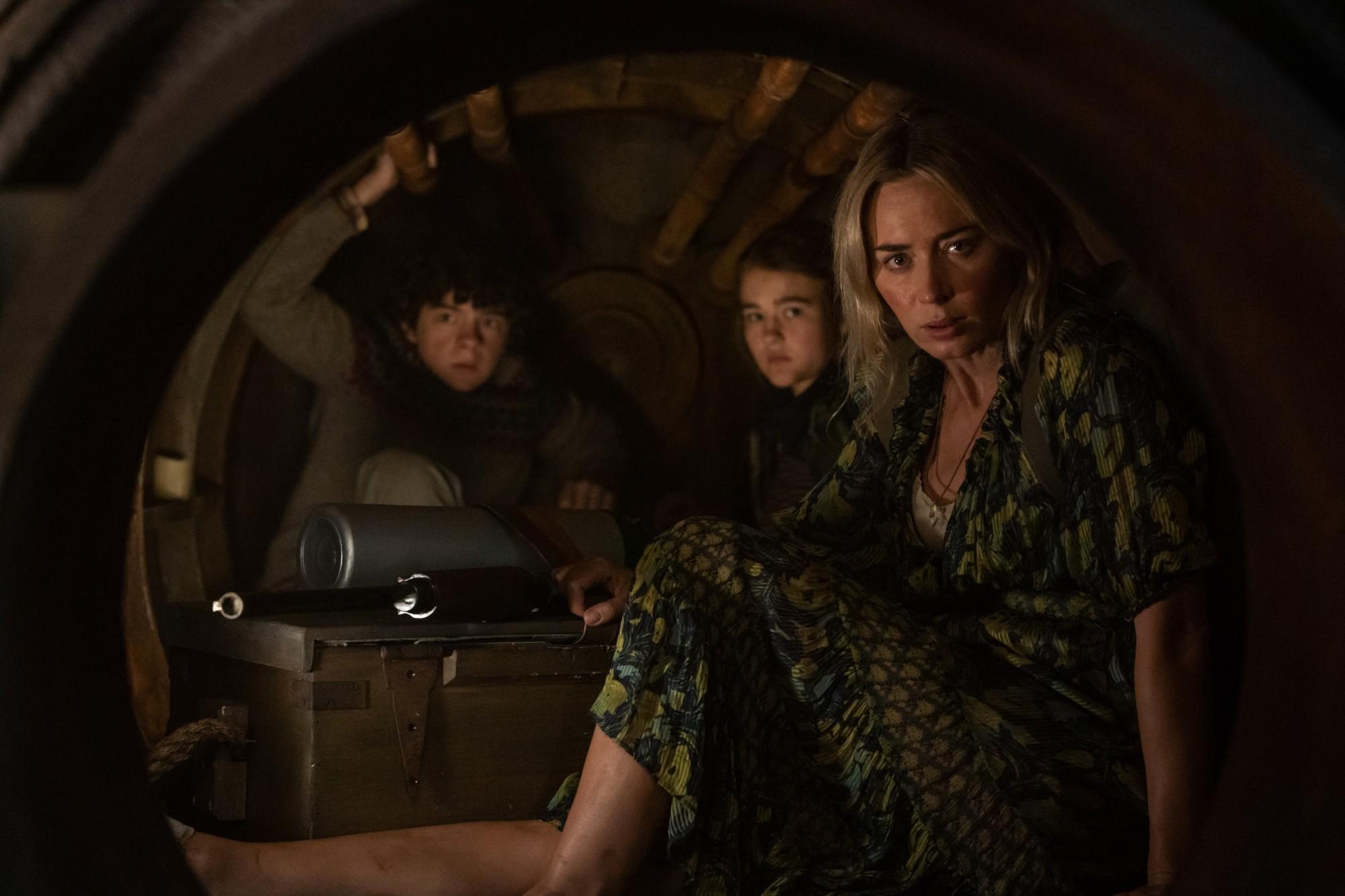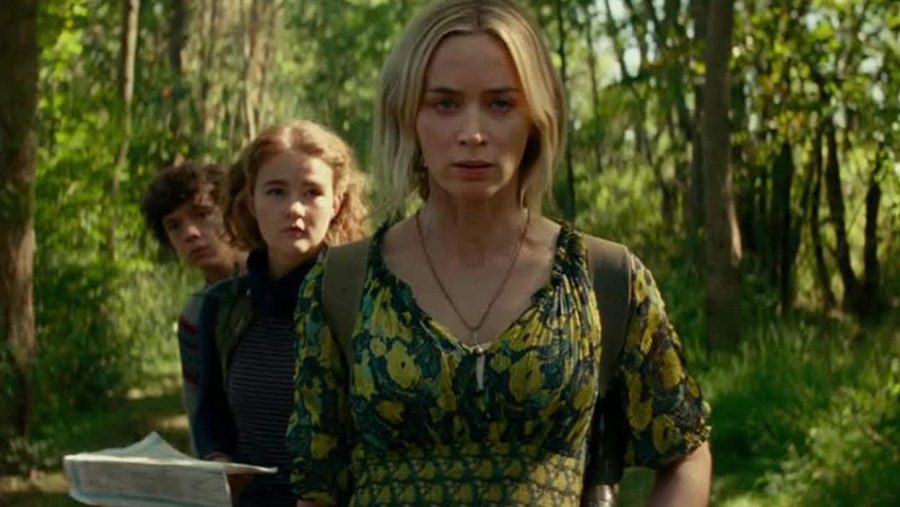In March 2020, actor and director John Krasinski spoke with reporters from the Daily Wildcat and several other college newspapers about his upcoming film “A Quiet Place II.” Originally set to premier on March 20 of last year, the film was postponed due to the COVID-19 pandemic and is finally set to premiere this Thursday, May 28. After the past year, the film’s story may be more relevant than ever before.
“A Quiet Place” (2018) received significant critical acclaim after its release for performances by lead actresses Emily Blunt and Millicent Simmonds and the use of American Sign Language and silent intervals throughout the film.
Krasinski explained that he had no intention to make a sequel to “A Quiet Place.”
“I organically wanted to take the audience to a place where they felt that they wanted to be and not somewhere that I led them to, just for a sequel,” Krasinski said.
However, Krasinski said the impact the movie had on its audience was significantly higher than he ever expected.
“I genuinely can tell you [Blunt] and I were emotionally blown away by the response to the movie,” Krasinski said. “I think we expected to get a couple high fives from our friends. I guess we didn’t know how many friends we had, but we were so blown away by how many people watched the movie and enjoyed the movie.”
RELATED: Lights, camera, action: The Loft Cinema reopens to the public
According to Brad Fuller, one of the film’s producers, one of the most interesting attributes of “A Quiet Place” is its unique sound editing. Overall, the film only utilized a few minutes of vocal dialogue. The audience not only connected with the characters and their struggles, but the sound editing allowed them to experience those struggles alongside the Abbott family.
“That’s part of why the movie took off, because audiences became active participants,” Fuller said in the production notes. “I heard stories about how if someone sneezed in the audience, people would freak out. It was a collective, heightened experience, and that is the way we all wanted it to continue.”
When the Wildcat asked Krasinski about his most prideful moments in making the films, he highly praised the dedication of his cast and crew to “oners” or “one-takes” — perfecting a single scene in one shot. This meant that any failed take never made it to film.
“If anyone failed we would lose the entire day and basically not be able to put the shot in the movie,” Krasinski said. “That level of tension and stress is as much tension and stress as people feel going to this movie, but I’ve never been more proud than when we completed that Emily shot in the car to see hundreds of people run into the middle of the street and hug and jump for joy like we all won the lottery together.”

The sequel follows the Abbott family, starring Blunt as the mother and new head of the family, as they continue to navigate a post-apocalyptic world of silence and battle the monsters that hunt through sound. The sequel applies “the classic structure of a serial cliffhanger,” according to the film’s production notes, by beginning just seconds after “A Quiet Place” ended.
“I think that deciding to pick up this movie right where we left off on the first one had so much to do with the power of the family,” Krasinski said. “I certainly connected to that family.”
“A Quiet Place II” premiers a year late at the tail end of the same pandemic that postponed its release, making space for discussion about the film and its effects on the audience in a world historically changed by such a mass event. The themes of love and family explored in both films mirror the current state of the world over the past year and explore survival and togetherness in the wake of tragedy and fear, as expressed in the production notes.
“It’s something perhaps a lot of us around the world are thinking about right now — can you still extend your hand to your neighbor when you’re in the midst of a harrowing environment?” Blunt said in the production notes.
RELATED: Student filmmaker Alexandra Cerna and FTV’s I Dream In Widescreen event
In the production notes, Krasinski emphasized the importance of a world in which the environment is not welcoming to the Abbott family and how their journey widens in scope creating new challenges for them as characters and survivors.
Krasinski explained that the Abbott family’s strength in the films is their strong familial bond which protects them in unwelcoming environments.
“When times go dire and dark as they are in the Abbotts’ world, often the desire to interact with other people goes out the window and relationships become fear based,” Krasinski said. “But I think the Abbotts have an advantage in that they’ve focused for so long on maintaining feelings of love, safety and support. In any challenging time, there is going to be a temptation to be purely individualistic and selfish, but the Abbotts are still trying to resist that.”
Krasinski emphasized family in “A Quiet Place” because he wrote the movie as “a love letter” to his kids about parenting, and he fortified this theme in the sequel. According to him, “A Quiet Place II” is not only a love letter to Krasinski’s children, but a lesson in bravery in the face of fear.
“I would say the second movie is a letter that I wrote to [my kids] about all my hopes and dreams and what they could be,” Krasinski said. “I hope they’re as brave and courageous as [the children in the movie] and in these dark, dark times that they would be the brave ones to light a candle in the middle of all that darkness.”
Follow Mikayla Kaber on Twitter















